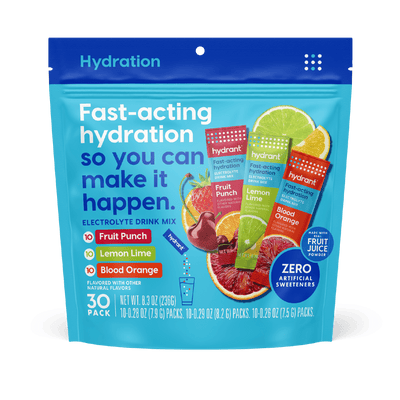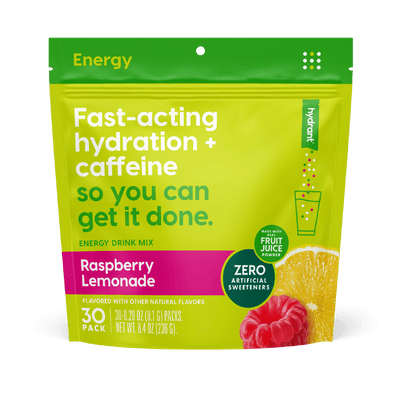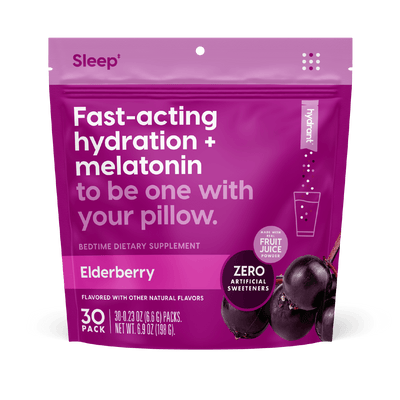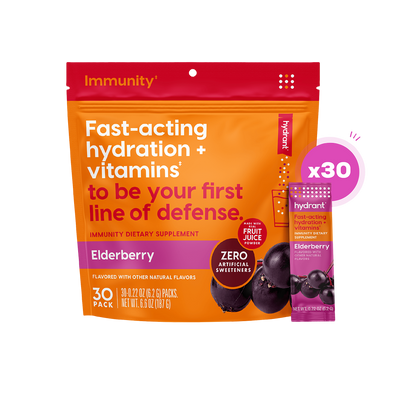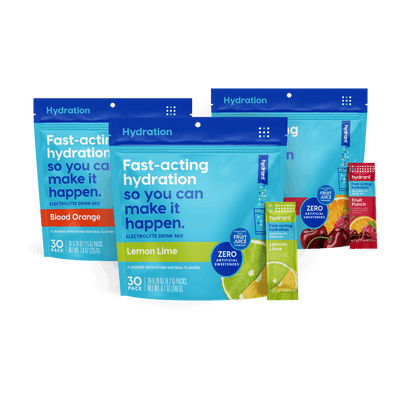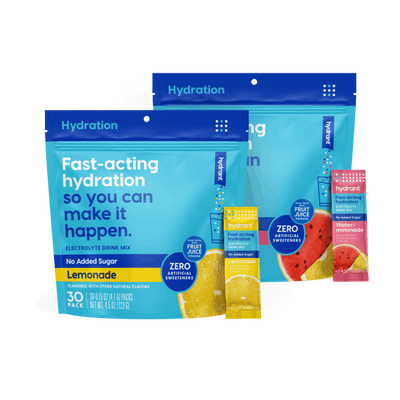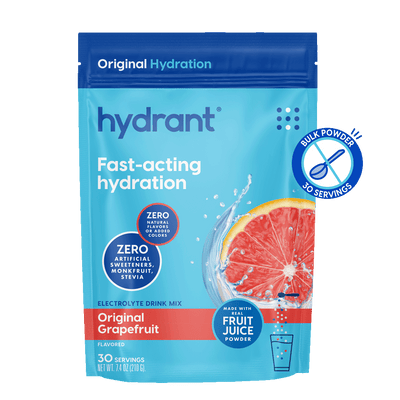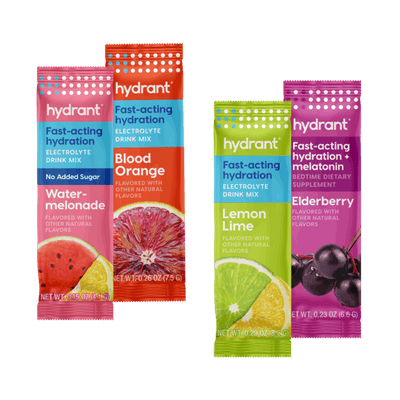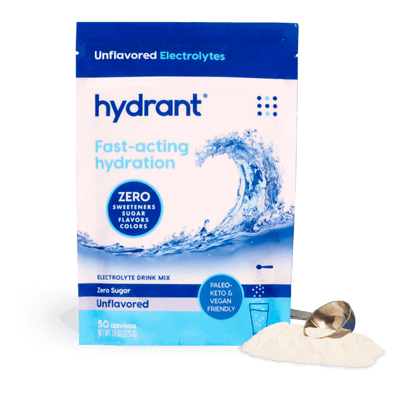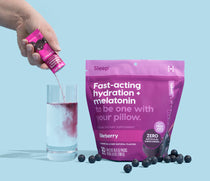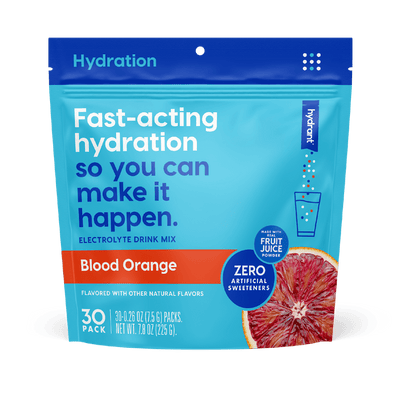In 2017, roofing was valued as a 31.4 billion dollar industry. Roofing values continue to increase due to higher levels of demand in the market. Housing starts are one of the main catalysts for continual expansion of the roofing work.
The roofing industry now stands at a 48 billion dollar evaluation in 2020, a value that has accelerated faster in recent years than the U.S. economy’s overall growth.

While COVID-19 has hurt the housing market, individual states such as Texas are experiencing housing booms that support the roofing industry as people are relocating from big cities like Los Angeles and New York.
An impressive statistic reflects that 6,700 individual roofing contractors account for 12.6% of the overall market share.
As roofing continues to hold substantial value, it's essential to recognize the risks that these types of contractors undertake to improve your home. Aside from working at elevated heights, roofing work is physically demanding and is often performed in hot weather since the demand is highest during spring and summer months.
We're going to unpack how you can stay cool while roofing to achieve smooth workflow and protect your health.
Let's begin by examining common roofing work surfaces.
How Do Roofing Surfaces Affect a Worker's Ability to Stay Cool?
The surfaces you work on can significantly impact how much heat your body endures when roofing. Metal flashing is a material used to weatherproof a home's roof. Lead, copper, and stainless steel are a few common materials utilized for metal flashing.
It's easy to see how metal flashing materials can quickly heat up during the summer. A tip to maximize your safety when working with metal flashing is to keep the contents out of direct sunlight until they're ready to be installed. Once you're ready to handle metal flashing materials, put on some heavy gloves, so you don't risk burning your hands.
You can avoid working on hot work surfaces by planning to with the sun's movements. As the sun rises in the east and sets in the west, it's smart to start your workday on the west side of the roof and end on the eastern portion.
Working alongside sun patterns links to the importance of studying the weather before you begin work.
How Can I Prepare Based on the Weather?
Studying the heat index is more important than viewing temperatures alone. The heat index is reflective of both standard temperature and humidity levels. High humidity levels hinder your body's ability to evaporate sweat from the skin, a process necessary for staying cool. Low humidity and high heat can lead to increased levels of sweat that dehydrate the body faster.

If you look ahead to see that you'll be roofing on an unusually warm day, you can prepare by:
- Wearing a sunhat and sunglasses
- Applying sweatproof or waterproof sunscreen
- Avoiding dark-colored and tight-fitting clothes
Roofing site managers should help their team acclimate by gradually raising workload levels throughout the week. By the end of the first week, it'll be safer for a roofing team to go full-force on warm days. Limiting the time you spend on the roof and rotating team members is a great way to keep energy up.
Being mindful of your health status and the health status of your team members is a smart way to prepare for work in high temperatures. Specific conditions and medications can create adverse effects when combined with physical stress and heat. It's smart to consult your doctor about your health if you have any reservations about working in hot weather.
Gain Proper Rest Before You Work
It's easy to recognize the relationship between proper sleep and work performance. If you're behind on rest and working outside during hot weather, the chances of developing heat stress will be higher than usual.
How Do I Know When My Body Is Overheating During Work?
It's vital to know heat stress signs as more subtle and isolated symptoms can unfold into more severe illnesses.
The two common conditions that heat stress can lead to are heat exhaustion and heatstroke.
Heat exhaustion symptoms typically consist of:
- Profuse sweating
- Cold skin
- Muscle cramps
- Nausea
- Headache
- Fatigue
Heatstroke is marked by:
- Altered mental states or behavior
- Usually less sweating
- Accelerated breathing and heart rate
- Headache
Heat exhaustion and heat stroke are two severe conditions that require immediate medical attention.
How Can I Cool Down While Roofing?

Take breaks to hydrate every 15 or 20 minutes on average. Once you start feeling thirsty, you're already partially dehydrated. Try and find a shaded area to rehydrate in to help your body recover faster.
A key way to encourage hydration is to make proper fluids readily available. Make sure coolers are regularly stocked and portable enough for easy access. Maintaining a cold temperature with on-site liquids will help make the idea of hydrating more refreshing and appealing.
Make sure to consume two cups of water before you begin working. Hydrating in the morning increases your level of alertness and kick-starts your metabolism.
We realize that air-conditioned spaces may not always be accessible to roofers, so here are some easy to apply solutions:
Don't underestimate the power of running some cold water over pulse points in your body, including your neck, wrists, and elbows. Cold towels, cold packs, and cold vests are all accessible ways to cool off if you don't wish to pour liquid on yourself. If you can't access air conditioning, portable fans are a great helping hand.
While coffee, tea, and alcohol are all popular drinks, they should be avoided in the context of roof work due to their dehydrating effects.
If you're looking for a hydrating solution that performs better than water, consider using Hydrant.
How Does Hydrant Helps Roofers Stay Cool and Hydrated?
When you're busy with a roofing contract, you don't have any time to waste.
Hydrant is a refreshing drink mix designed to hydrate you quickly. With Hydrant's right balance of electrolytes, your body will be getting exactly what it needs to help you roof more efficiently, and replace any lost fluid from sweating or work.
You're probably wondering how Hydrant works.
Water alone doesn't match Hydrant's precise balance of electrolytes and sugar. The 7 grams or less of cane sugar in Hydrant activates the sodium-glucose transport mechanism in the body's small intestine. This mechanism acts as a pump to transport electrolytes and water into the bloodstream at an accelerated rate. The result? You’re hydrated much faster than just drinking water alone.
Rapid Hydration With a Splash of Flavor
Often we reach for liquids other than water because we're looking for some flavor. Luckily Hydrant allows you to acquire some taste while achieving rapid hydration as the mix is made from real fruit juice powder.
Hydrant is available in six different flavors, while our caffeinated version is available in three different flavors. If you're not sure which flavor you'll most enjoy, consider selecting one of Hydrant's variety flavor packs.
Hydrant Accessories for Roofers
Portable water bottles help make maintaining hydration during roofing an easy task. Hydrant's portable water bottle helps make hydration more accessible while roofing.
To read more about Hydrant and hydration related topics, head over to The Hydration Institute.
Within The Hydration Institute, you’ll find blogs on:
—and more!
Sources
- https://brandongaille.com/15-roofing-industry-statistics-and-trends/
- https://www.ibisworld.com/industry-statistics/market-size/roofing-contractors-united-states/
- https://www.iko.com/na/learning-center/roofing-101/what-is-roof-flashing-how-to-install-it/
- https://www.iko.com/na/blog/how-to-stay-cool-while-roofing-tips-for-working-outside-in-the-heat/
- https://www.cdc.gov/disasters/extremeheat/warning.html
- https://www.mayoclinic.org/diseases-conditions/heat-stroke/symptoms-causes/syc-20353581
- https://www.businessinsider.com/executives-drink-water-when-they-wake-up-2016-9
